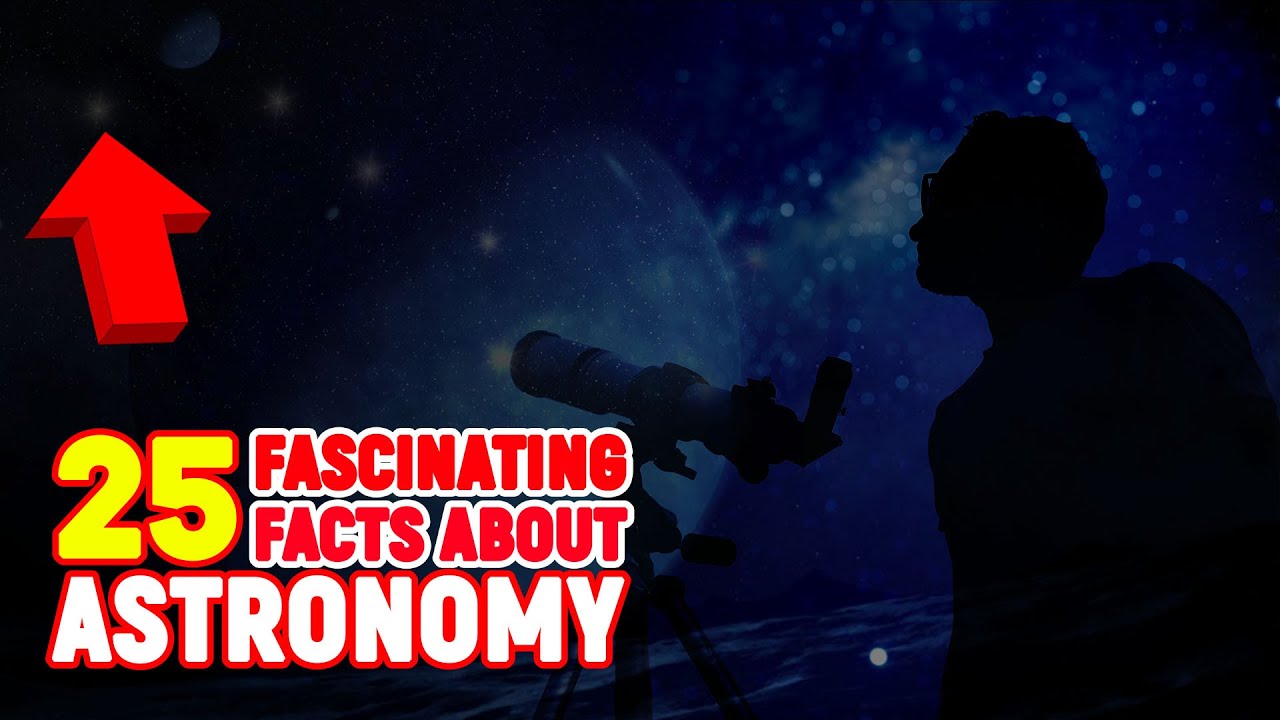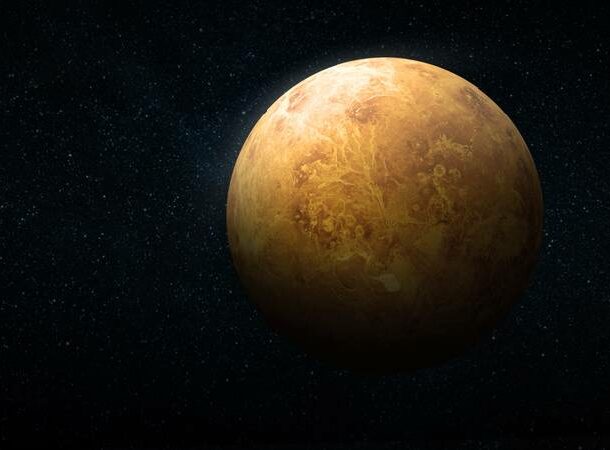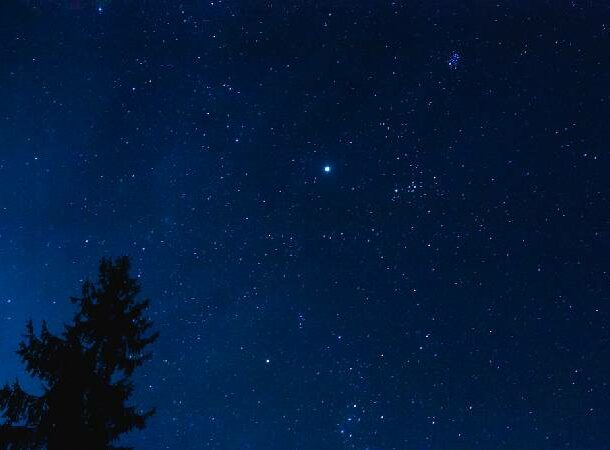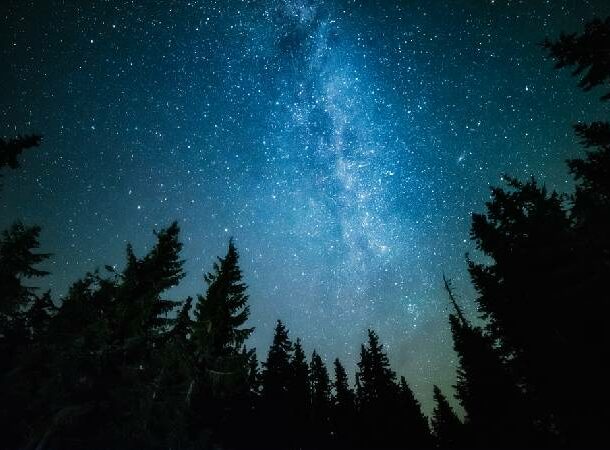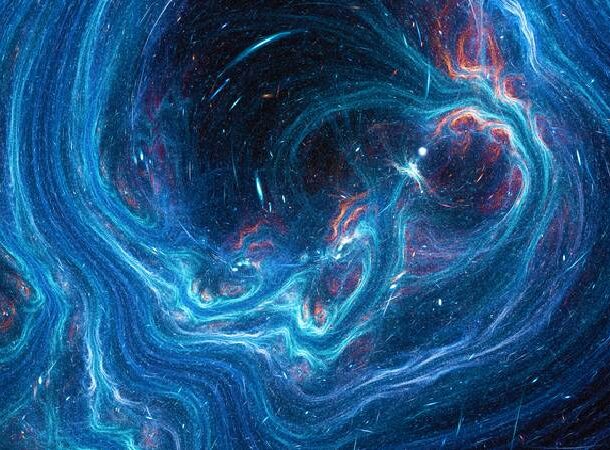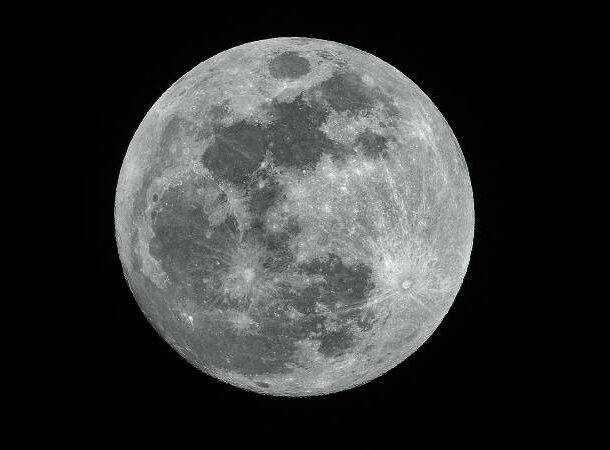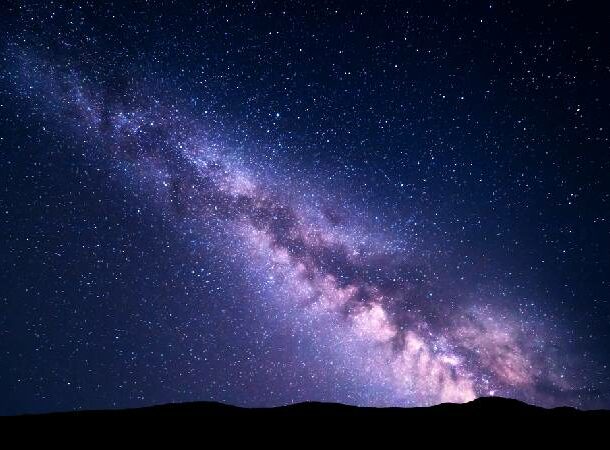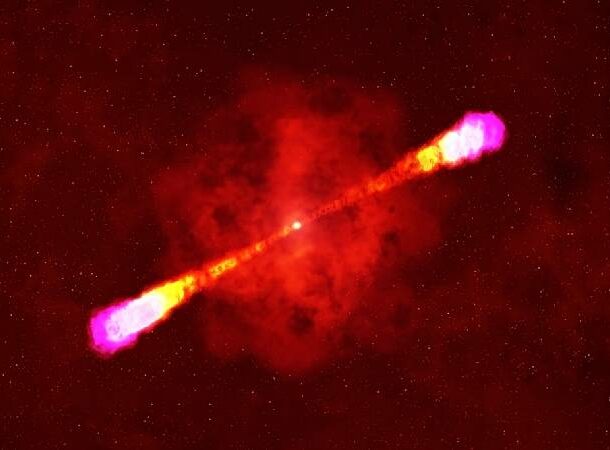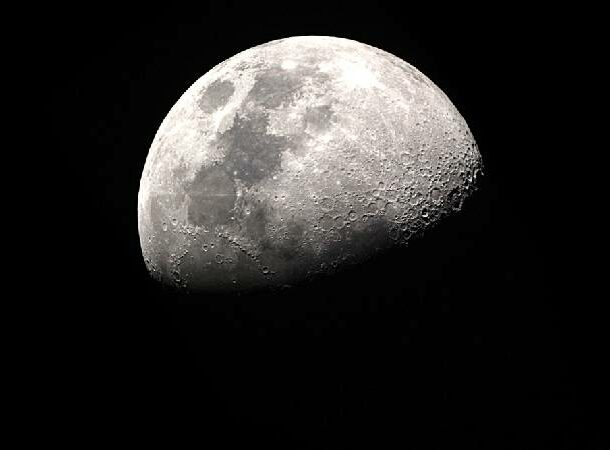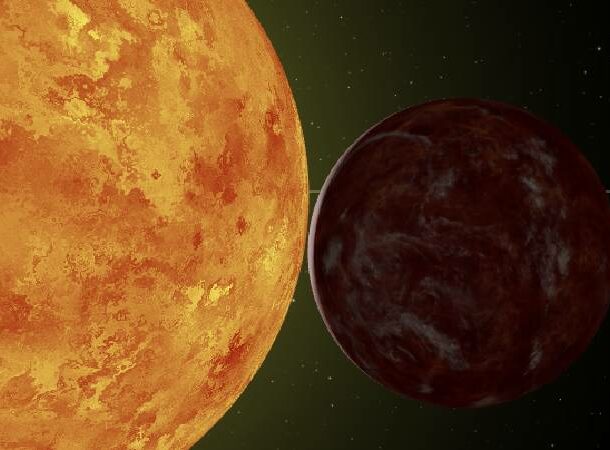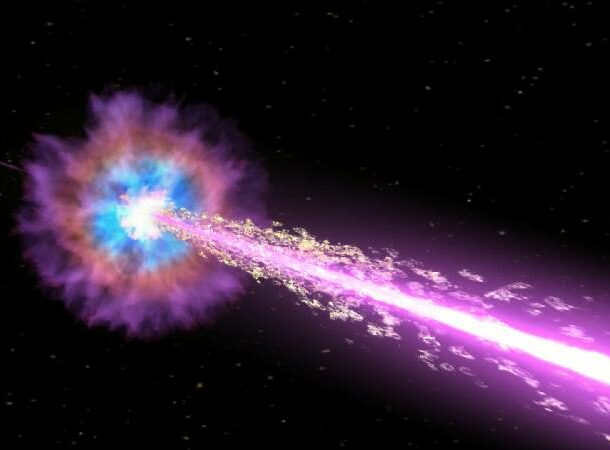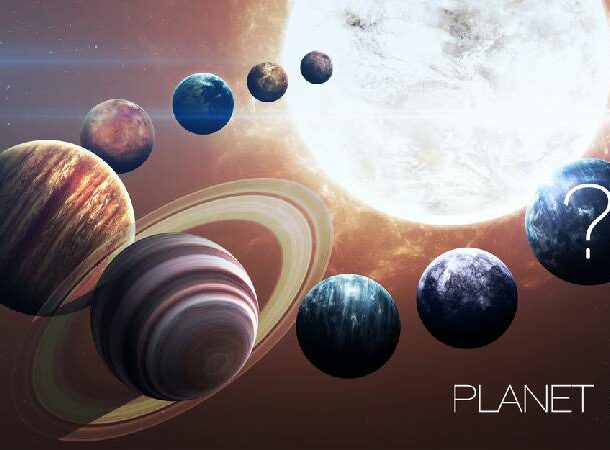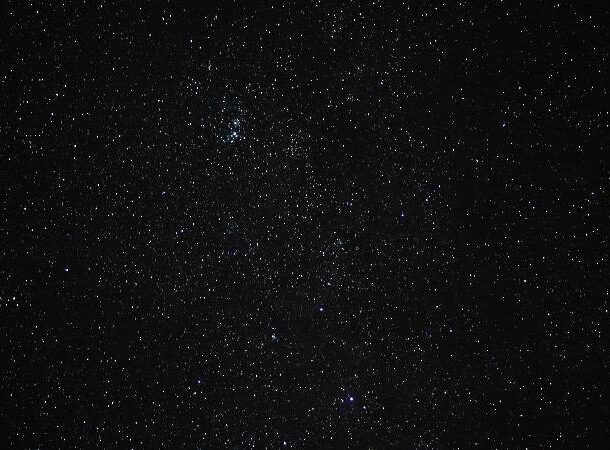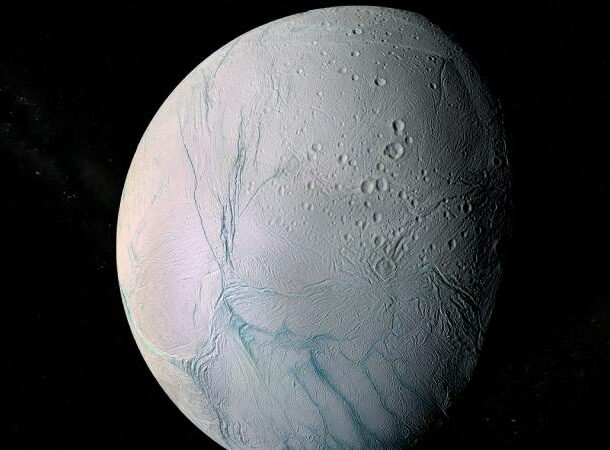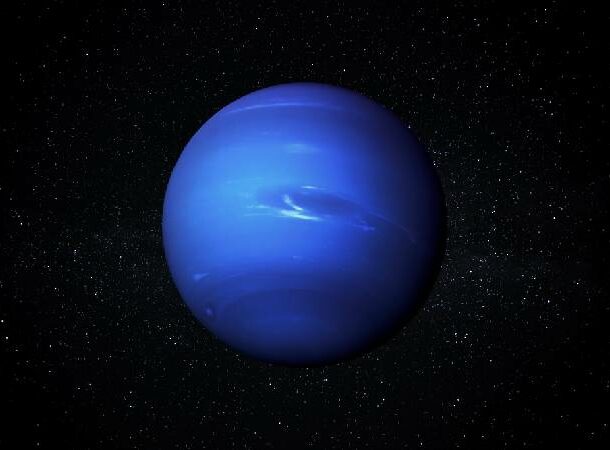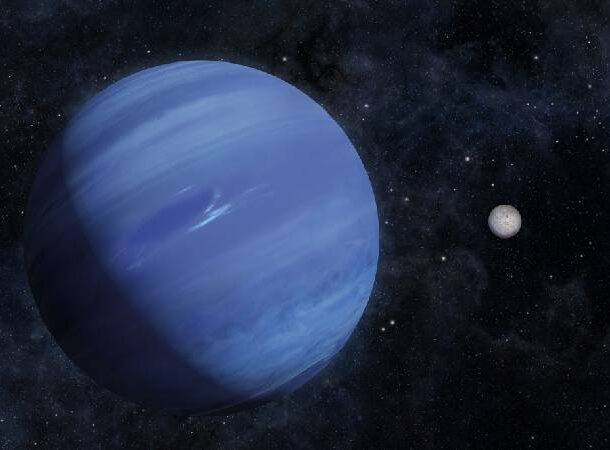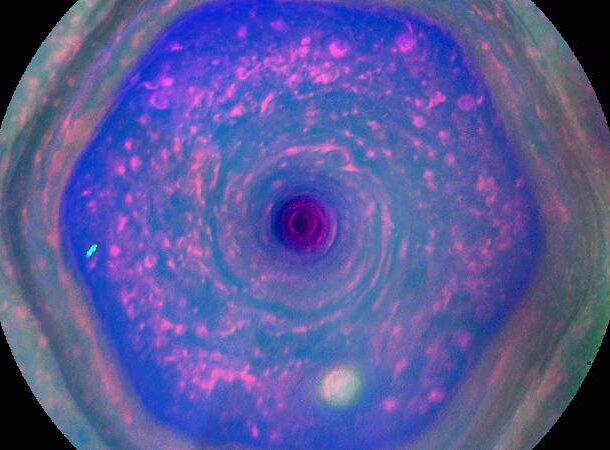You’ll want to stick around for these 25 Fascinating Facts About Astronomy you’ve NEVER heard before.
So why isn’t Mercury hotter? It has no atmosphere to help maintain temperatures, so there are a lot of temperature fluctuations. It can sometimes reach 800 degrees during its “day,” but when Mercury is facing away from the sun, it plummets to minus 330 degrees. What’s interesting about the North Star is that which star is considered the North Star changes. It’s not a random choice – it has to do with a process called “precession,” which is a change in our planet’s rotational axis. Currently, our North Star is Polaris, but in about 12,000 years, it will be Vega. 26,000 years from then, it will go back to being Polaris. There are an estimated 3 trillion trees on our planet, and only a “measly” 100-400 billion stars in the Milky Way. The math goes like this: Light travels at 186,000 miles per second. Multiply that by all the seconds in a year and you have one Light Year equaling 6 trillion miles (9 trillion kilometers). So, if a celestial object is one light year away, we know it’s 6 trillion miles or 9 trillion km away from us. Yeah…Space is big. Here’s an example – the sun is 8.3 light minutes away. Whenever we are looking at the sun (not directly and through a good pair of sunglasses), we are seeing how it was 8.3 minutes ago. So what about the other 95%? 27% of Space is dark matter – while scientists still aren’t sure what dark matter is made of exactly, it’s a mass that emits no light and no energy. The remaining 68% is dark energy, which is thought to be responsible for the expansion of the universe. This boost in energy allows the moon to spiral outwards. It’s only about 3.8cm a year, though, and scientists don’t believe it will fully break away from our gravitational pull for billions of years. These galaxies are the Milky Way, the Andromeda, the Triangulum, the Sculptor, and Centaurus A. If you have really clear conditions, you can see Bode’s Galaxy, and if you are in the southern hemisphere, you can see the Magellanic Clouds. That’s cool and all, but what’s fascinating about them is that they can rotate up to 600 times per second! They are also so dense that just one teaspoon worth of a Neutron star would weigh 4 billion tons. 55 Cancri e is 40 light years from Earth in the constellation of Cancer. Well, in short, you die. But not as quickly as you might think. Due to the pressure vacuum, your blood and other bodily fluids would boil, then gas bubbles would form in those boiling fluids, causing you to bloat, and then the low humidity would cool you down so quickly that your eyes would freeze over. This says nothing of what happens to your lungs, ears and sinus, or your soft tissues. Thankfully, you’d lose consciousness in about 10 seconds. The rest of it would not kill you for another minute or two. It’s not pretty. Basically, let’s hope there are no leaks. Could you imagine – you’re minding your own business, working in your spaceship, and a crumb from Bob’s sandwich floats into your eye…no thank you. That’s just disrespectful. The crumbs could also interfere with important equipment, but that’s probably no biggie. These bursts might happen when two Neutron Stars collide or when a massive star implodes. A Gamma Ray Burst is an intense flash of high-energy radiation. It releases more energy in 10 seconds than our sun will in its entire life. If this object exists, it will go a long way in explaining the movements of some objects in the Kuiper Belt. Because of that, Enceladus is -394 degrees Fahrenheit or -201 degrees Celsius. How else can I complete the mnemonic, “My Very Excellent Mother Just Served Us Nine Pizzas”? Then I learned that Pluto is smaller than the United States and the whole “Dwarf Planet” thing makes sense. I’m still sad about the pizza, but to put this into perspective – if you wanted to travel around the equator of Pluto, it would be roughly the distance from London to Denver. Add this to one of the many questions scientists are still trying to figure out. Astronomers still aren’t sure why this happens. This causes the planet’s metals to become gas and then liquid in the atmosphere – then when it rains down, the temperatures on the ground return it to a solid. We’re not sure an umbrella would help if you were caught in that storm. On the northern hemisphere of Saturn, there is a huge, multilayered storm that’s been raging for decades, at least. This storm is shaped like a hexagon and is 180 miles (300 km) tall, 20,000 miles (32,000 km) wide, and has wind speeds of about 200 mph (320 km/h).
